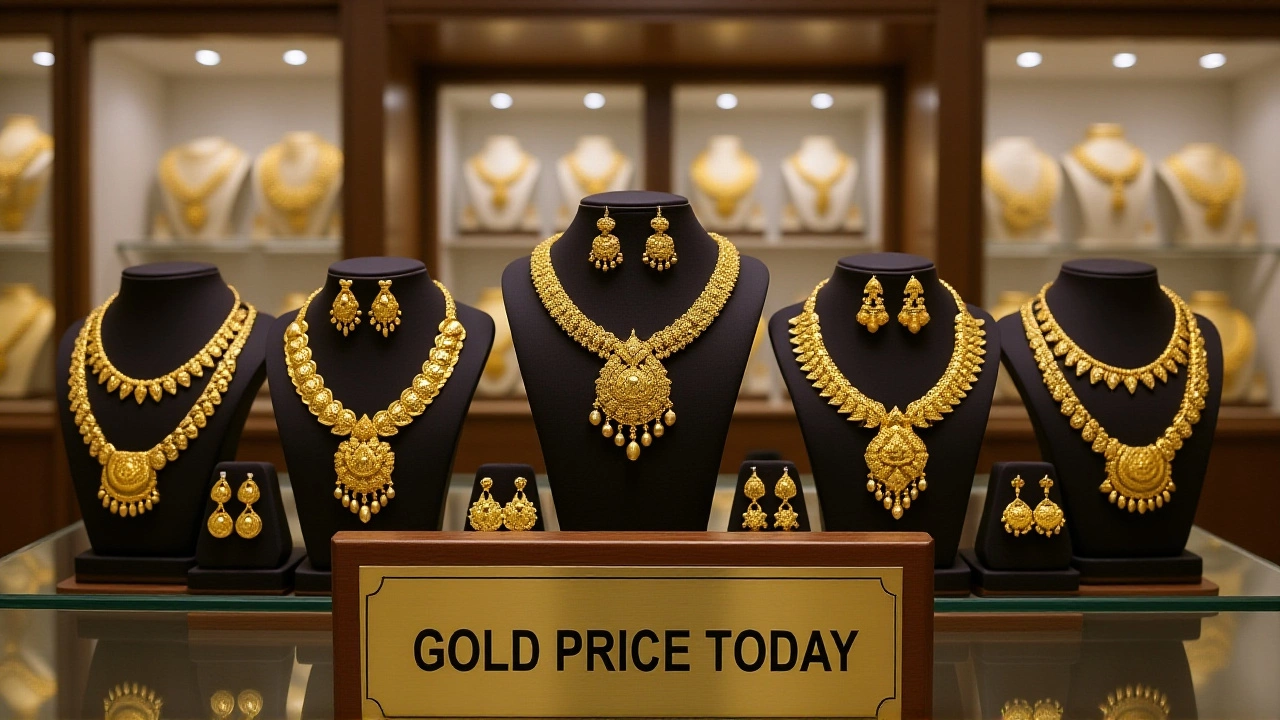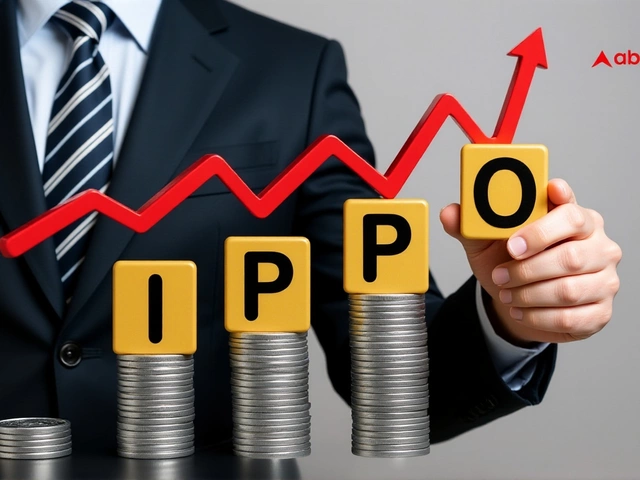When American Hartford Gold quoted its latest data on October 10, 2025, the headline was impossible to ignore: silver had jumped from $28.92 per troy ounce on January 1 to $50.94, a 76 % gain year‑to‑date, according to a report picked up by CBS News. GoldSilver.com added that the metal was up 29.5 % by early August, while BullionVault confirmed the quarterly price lift from $25.33 in Q1 to $35.12 in Q4. Even seasoned analysts like Alan Hibbard, senior market strategist at InvestingHaven are flagging a bullish outlook, while big‑bank forecasts from Citigroup, JP Morgan and Saxo Bank cluster around the $38‑$40 mark for year‑end. The surge has turned heads not just on Wall Street but across manufacturing floors, where silver is a critical component in everything from solar panels to medical devices.
Why Silver Is Outshining Gold in 2025
The first thing to note is that the price gap between the two precious metals has narrowed dramatically. Gold still trades above $4,000 per ounce, but the entry cost for investors is now roughly eighty times higher than for silver. That affordability, combined with a spate of macro‑level stresses, has funneled speculative capital into the cheaper metal.
Historically, gold leads a rally and silver follows. This year the pattern flipped. As Goldinvest.de pointed out in its October 18 forecast, “silver will significantly outperform gold in the second half of 2025,” and the data has proved them right.
Key Drivers Behind the Surge
Three forces are pulling the price north:
- Industrial demand – Roughly half of annual silver consumption comes from electronics, photovoltaics and healthcare. A fifth consecutive year of supply deficits, now estimated at 149 million ounces for 2025, is tightening the market.
- Safe‑haven buying – Inflation remains sticky and geopolitical flashpoints in Eastern Europe and the Middle East keep investors looking for a hedge that’s cheaper than gold.
- Speculative flows – When gold spikes, some traders shift into silver, a phenomenon described in a popular YouTube analysis released on October 18, 2025.
Supply‑side pressures are real, too. The London Bullion Market Association (LBMA) reported that global inventories fell by 12 % in the first nine months, further supporting price growth.
Analyst Forecasts and Market Sentiment
Forecasts vary, but a clear consensus emerges around the $38‑$45 zone for year‑end:
- Citigroup sees $40 per ounce.
- JP Morgan pins $38.
- Saxo Bank also projects $40.
- The World Bank takes a cautious 7 % rise, translating to roughly $33.
- Independent analyst Alan Hibbard splits his target – $40 for 2025, $52.5 for 2026.
AI‑driven models show even wider bands. For Q4, ChatGPT‑4 Turbo forecasts $46‑$56, while a more conservative Gemini still sees $15‑$25. The spread tells us sentiment is mixed, but the upward bias is unmistakable.

Gold‑Silver Ratio: A Telling Metric
The gold‑to‑silver ratio (GSR) has hovered 74 % above its 2000‑2015 average as of May 2025, according to a June 10 analysis by Voronoi. A higher ratio usually signals that gold is overvalued relative to silver, a condition that historically precedes a silver rally. In 1991 the ratio peaked at 106, then fell sharply as silver surged – a pattern many traders see replaying now.
As the ratio compresses, investors often rebalance, moving funds from gold into silver, which can amplify price movements. The current compression suggests we may still have room for upside.
What Investors Should Watch Next
Looking ahead, three watch‑points will likely shape the silver story:
- Industrial output data – Quarterly reports from major solar panel manufacturers and chip makers will give clues on demand intensity.
- Inflation reports – If CPI stays above 3 %, the safe‑haven narrative strengthens.
- Policy shifts – Any move by the Federal Reserve to pause rate hikes could release additional liquidity into precious‑metal markets.
For those weighing a position, the lower cost per ounce compared to gold makes silver an attractive diversification tool, especially if you’re comfortable with its higher volatility. As InvestingHaven projects, a $48‑$50 range by year‑end is realistic, with a longer‑term trajectory toward $80 by 2030 if industrial demand keeps pace.
Frequently Asked Questions
How does the silver surge affect small investors?
Because silver’s price per ounce is far lower than gold’s, a modest investment can buy a larger physical quantity, offering greater exposure to price moves. However, the metal’s higher volatility means swings can be sharper, so investors should balance it with other assets.
What industrial sectors are driving demand?
Key sectors include photovoltaics – where silver paste conducts electricity in solar cells – consumer electronics, automotive electronics, and medical devices that rely on silver’s antimicrobial properties. Recent reports show a 12 % YoY increase in solar‑panel demand, directly boosting metal consumption.
Will the gold‑silver ratio continue to narrow?
Analysts expect the ratio to compress further if inflation stays elevated and gold’s rally stalls. A narrowing ratio typically signals that silver is undervalued relative to gold, reinforcing the current bullish bias.
Are AI price forecasts reliable?
AI models provide a wide range of scenarios, reflecting both optimistic and cautious outlooks. They are useful for gauging market sentiment, but investors should weigh them against fundamentals like supply deficits and industrial demand.
What could cause a sudden drop in silver prices?
A sharp easing of inflation, a major resolution to geopolitical tensions, or a sudden surge in mining output could all relieve the price pressure. Additionally, a rapid rally in gold that draws investors away from silver would likely trigger a correction.





